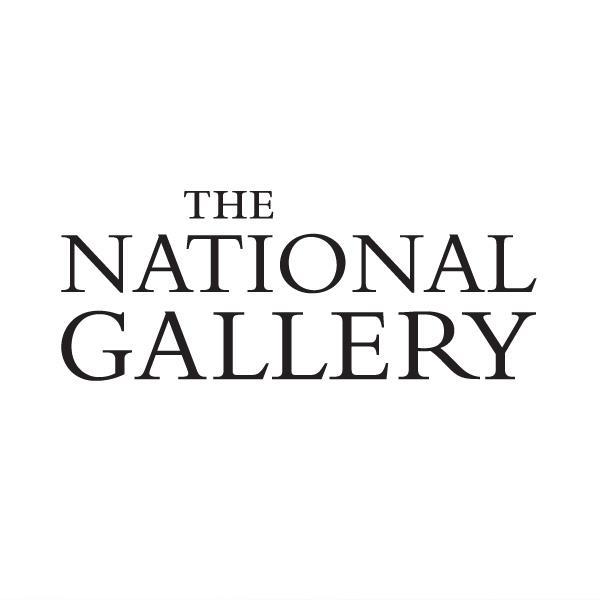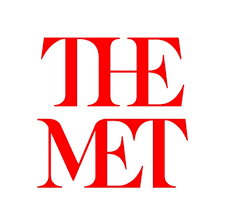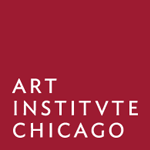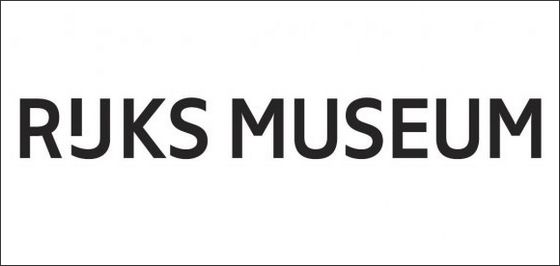Art and Archaeology
Materials In Art and Archaeology
MAA develops and applies ground-breaking, analytical concepts for studying objects from cultural heritage. Our expertise centres on the elemental and structural characterization of materials in support of technical art history and conservation of artwork. We have close collaboration with (inter)nationally leading partners in the worlds of arts, archaeology and sciences and bridge the gap between the sciences and the humanities in both education and research.
Many of our artworks are multi-material, layered objects. This notably concerns paintings, but also applies to painted objects, drawings, parchment and other coated, archaeological remains. Our research focuses on the understanding of the stratigraphy of those art objects, their materials as well as degradation reactions at surface interfaces.
Discolouration of painting pigments
This line of research requires the use of advanced, synchrotron-based structural and elemental characterization tools with high, micrometre-scale resolution. In collaboration with synchrotron specialists and museum specialists we reveal the degradation mechanism of a number of important early-modern pigment Development of fundamentally new imaging strategies for the visualization of hidden paint layers.
These included studies with computed laminography, computed tomography, k-edge absorption imaging, TeraHertz imaging , X-ray fluorescence scanning, X-ray diffraction scanning, and photo-acoustic spectroscopy. These techniques are able to overcome the limitations above, by their sensitivity for specific materials, elements, layer interfaces, crystalline phases, colours or their overall 3d imaging capability. Historical innovations in art production.
The main research focus of our group centres on materials in historical forms of art production.
Media
- Universiteit van Nederland: KUNSTGEHEIMEN: Wat zit er verborgen onder wereldberoemde schilderijen?
- AVROTROS: Het geheim van de meester





